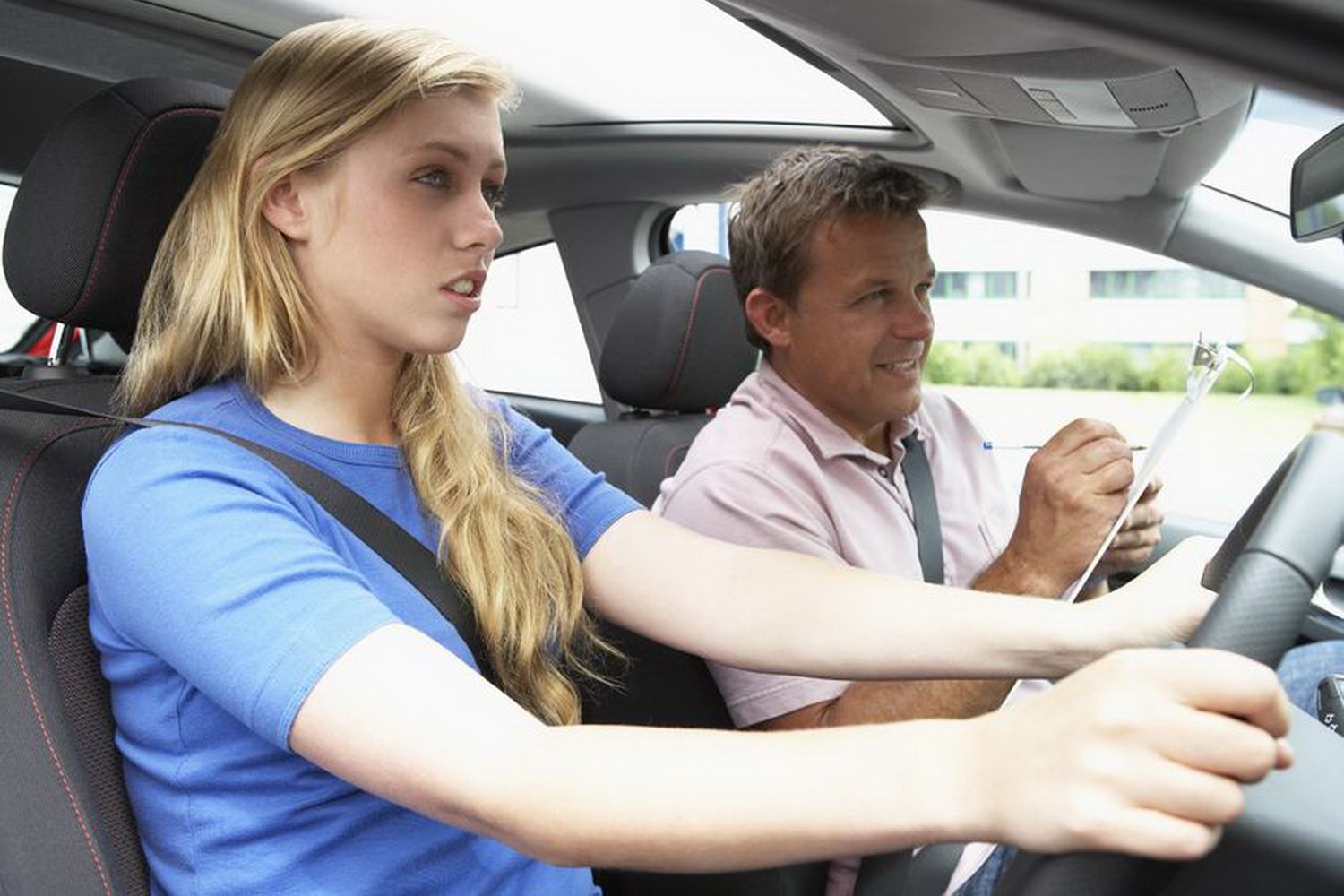New research from the car sales website Carzone.ie has revealed that there has been a significant decrease in the number of people learning how to drive, with the majority of young drivers citing the cost of legally getting on the road as the biggest disincentive.
Lessons and insurance the bigger factors
In a nationwide survey of 2,451 participants (2,163 of whom were in the 17-24 age bracket), the study found that 66 per cent of 17-24-year-olds said they were not learning to drive as they could not afford the cost of the 12 mandatory driving lessons. Even for those respondents who can afford driving lessons, 15 per cent said that long waiting lists for lessons made learning to drive less accessible. Just short of half (49 per cent) of those surveyed who cannot legally drive are currently learning.
Swingeing insurance costs were another big factor, with 37 per cent of 17-24-year-olds saying that the price of insurance was too high for them to consider learning how to drive, with 34 per cent saying that they don't own a vehicle in which they can learn to drive and that they cannot afford one.
Car ownership
Carzone's study found that 72 per cent of learner drivers aged 17-24 did not own their own car, with 40 per cent of that group currently insured on a parent's or sibling's vehicle. Of those who did not own a car, 35 per cent said they were planning to purchase a vehicle in the next 12 months, with 32 per cent saying they planned to buy a car in the next three months.
Regarding budgets for making that eventual purchase, 37 per cent of learner drivers said they planned to spend between €2,000 and €5,000, with 22 per cent saying that they had less than €2,000 to spend. Only 17 per cent said they had a larger budget of between €5,000 and €7,000. The majority of those prospective car buyers (64 per cent) said they would use their savings to pay for the new car, with one in five hoping to take out a bank or credit union loan. A mere three per cent will, they said, finance their car through a dealership.
When planning to purchase that first vehicle, 37 per cent are aiming to buy a diesel car, 31 per cent a petrol model and seven per cent a hybrid or electric vehicle.
Manual vs automatic
That's possibly reflected in the fact that despite the future of motoring seemingly being electric and the increasing market share of hybrid cars (most of which employ automatic gearboxes), the vast majority (91 per cent) of learner drivers are still choosing to learn in a manual vehicle. Presently, drivers who pass their practical driving test in a non-manual vehicle (either an automatic or an electric car without a traditional gearbox) are not legally licenced to drive a manual vehicle. In the UK in 2021, 13.8 per cent of new drivers took their driving tests in an automatic vehicle, up from just 3.8 per cent in 2008, according to data from the Driver and Vehicle Standards Agency there, though based on Carzone's latest data, that trend has not occurred to nearly the same extent in Ireland.
Of that small minority of learner drivers in Ireland who choose to learn in an automatic, 54 per cent said that they had tried a manual before deciding to go automatic. 73 per cent of those that choose an automatic said that they did so because they found it easier than mastering a manual, with 43 per cent feeling that manual cars were becoming redundant.

